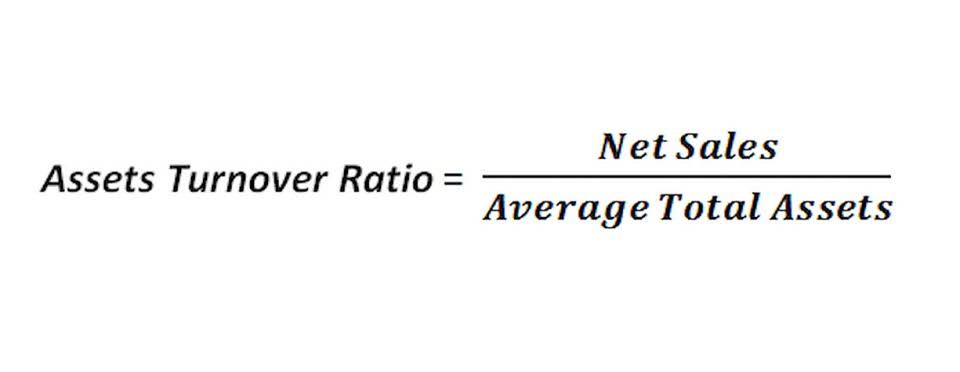Content
- Example: Calculating the Amount of an Ordinary Annuity
- Present Value of Annuity Calculator
- When amortizing a loan, what is the difference between the present value and the annuity factor?
- US Savings I bonds are the best investment right now!
- PV Calculator for Either Ordinary Annuity or Annuity Due
- Is Oceanview Life And Annuity A Good Annuity Company? Pros And Cons Of Oceanview Annuities

To calculate the present value of an annuity, you will need to know the interest rate, the length of time until the payments are received, and the amount of each payment. You can use a financial calculator or a spreadsheet to help you with this calculation. In general, your annuity will be worth more if you’re paying on an annuity due basis. While ordinary annuity payments are made retroactively, annuity due payments are made in advance. Landlords usually demand rent at the start of a rental period. They don’t want to chase down funds after the tenant has been living in their property. Annuity due payments are also made at the start of the payment period instead of at the end.

Calculate the PV of the following cashflows using a 7% discount rate. For that question, what is the value after 5 years, you should be using this future value of an annuity calculator. First, what’s the difference between an ordinary annuity and an annuity due? These two terms are a bit of financial jargon for an easy to understand financial concept. You may have heard of the terms “ordinary annuity” or “annuity due”. This calculator will calculate the present value for either type of annuity. Perhaps the seller thinks that they have an opportunity to reinvest the money and earn not 2% but instead 20%.
Example: Calculating the Amount of an Ordinary Annuity
The present value of the total cash flows of an annuity is calculated by adding up the present values of each cash flow of all the years. The present value of any future cash flow is calculated by discounting it with a ‘discount factor’ or the required rate of return. The present value of annuity is the current worth or cost of a fixed stream of future payments. This may be found by discounting each cash flow back at a given rate. This can be calculated using various financial tools, including tables and calculators, which are available on the web or in books of tables. You may find yourself wondering about the present value of the annuity you’ve purchased.
This PV factor is a number which is always less than one and is calculated by one divided by one plus the rate of interest to the power, i.e. number of periods over which payments are to be made. Additionally, many business investments consist of both cash inflows and cash outflows. When a business wants to make an investment, one of the main factors in determining whether the investment should be made is to consider its return on investment.
Present Value of Annuity Calculator
If you are considering receiving a single amount in lieu of a cash flow stream, the “Exact/Simple” compounding option is the most conservative setting. That is, it will result in the highest present value calculation.
How do you calculate the annuity of a bond?
Annuity Formula – Present Value (PV) of Bond
The formula for calculating the present value (PV) of an annuity is equal to the sum of all future annuity payments – which are divided by one plus the yield to maturity (YTM) and raised to the power of the number of periods.
The two main ones are regular annuity – where payments occur at the end of each period, annuity due – where payments are realized at the beginning of each period. A common variation of present value problems involves calculating the annuity payment. As long as we know two of the three variables, we can solve for the third. Thus, we can determine the present value of the annuity, interest rate, number of periods, or amount of the annuity. On the other hand, the future value of an annuity will be greater than the sum of the individual payments or receipts because interest is accumulated on the payments. The present value of an annuity refers to the present value of a series of future promises to pay or receive an annuity at a specified interest rate. We give you a realistic view on exactly where you’re at financially so when you retire you know how much money you’ll get each month.
When amortizing a loan, what is the difference between the present value and the annuity factor?
We now offer 10 Certificates of Achievement for Introductory Accounting and Bookkeeping. Free Financial Modeling Guide A Complete Guide to Financial Modeling This resource is designed to be the best free guide to financial modeling! Gain in-demand industry knowledge and hands-on practice that will help you stand out from the competition and become a present value of annuity table world-class financial analyst. Remember that in the example, the was equal to $10,000 because that’s what the fund promised to pay you each year. Now, although we’ve solved this particular question using the formula/equation, there is another way. In this example, the is equal to $10,000 because that’s what the fund promises to pay you each year.

In other word, the present value is the value now of a future stream of payments. In Section 6.2, we learned to find the future value of a lump sum, and in Section 6.3, we learned to find the future value of an annuity. With these two concepts in hand, we will now learn to amortize a loan, and to find the present value of an annuity.
US Savings I bonds are the best investment right now!
When dealing with the Future Value, it’s common to denote this as “interest rate” instead of “discount rate”. And once you get your head around the ordinary annuity, it’s much easier to understand the deferred annuity. Thus, if you pay €240,000 today to receive 25 payments of €9,600 each year, you’d be significantly overpaying.
The problem is that there is no way to specify an infinite number of periods for the NPer argument. But it is not an efficient way to calculate the present value. If we were to have a large number of annuity payments, the step by step calculation would be long and tedious. An annuity is a series of payments that occur at the same intervals and in the same amounts. An example of an annuity is a series of payments from the buyer of an asset to the seller, where the buyer promises to make a series of regular payments. In other words, the difference is merely the interest earned in the last compounding period. An annuity due is an annuity where the payments are made at the beginning of each time period; for an ordinary annuity, payments are made at the end of the time period.
Hence, the second investment option yields a return of $3,855.4 more than the first investment option. Hence, the investor should choose to opt for a lump sum payment of $10,000 in the first year itself. In this case, the bank will want to know what series of monthly payments, when discounted back at the agreed-upon interest rate, is equal to the present value today of the amount of the loan. The value today of a series of equal payments or receipts to be made or received on specified future dates is called the present value of an annuity. So it looks like you should be paying for your annuity on an annuity due basis.
- An annuity is a series of equal payments in equal time periods.
- The P’s in the numerator can be factored out of the fraction and become 1.
- But the other two rates will show you the most and the least you can realistically expect to collect during the accumulation phase.
- The future value of an annuity is the total value of payments at a specific point in time.
- Hi Pat, the annual discount rate is the rate-of-return that you expect to earn on your investments.
In that case, the seller might be willing to sell the lease at a 10% or 12% discount to have the funds available to take advantage of the more profitable opportunity. For the same reasons, this calculator can be used to calculate the PV of an investment cash-flow. You’ll need to calculate the PV of the said mortgage before you can make an offer or know if the offering price allows you to meet your investment objective. If you need to calculate the present value of a single, future amount i.e. not for a cash flow series, you should use this Present Value Calculator. Present value calculations involve the compounding of interest.
Investopedia does not include all offers available in the marketplace. Again, please note that the one-cent difference in these results, $5,801.92 vs. $5,801.91, is due to rounding in the first calculation. Note that the one-cent difference in these results, $5,525.64 vs. $5,525.63, is due to rounding in the first calculation. As required by the new California Consumer Privacy Act , you may record your preference to view or remove your personal information by completing the form below. That’s why an estimate from an online calculator will likely differ somewhat from the result of the present value formula discussed earlier.
In the example shown, we have a 3-year bond with a face value of $1,000. The coupon rate is 7% so the bond will pay 7% of the $1,000 face value in interest every year, or $70. However, because interest is paid semiannually in two equal payments,… When you are considering investing in an annuity, it is important to seek out the advice of a financial advisor. They can help https://www.bookstime.com/ you calculate the present value of the annuity and determine whether or not it is a good investment for you. When you’re calculating the present value of your annuity, those differences are important. That’s why the formula for calculating the present value of an annuity due is slightly different from the formula used to calculate the present value of an ordinary annuity.
The articles and research support materials available on this site are educational and are not intended to be investment or tax advice. All such information is provided solely for convenience purposes only and all users thereof should be guided accordingly.



